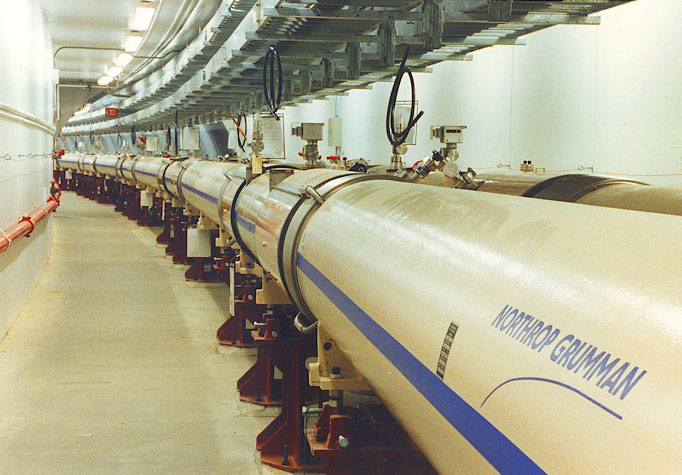2012...No! Add 6 billion years or just make it 2112!
The fate of our universe, or our planet at the least have always fascinated us, from ancient Mayans to today's Harvard graduates. Well according to research, at the most, we have six billion years until our planet gets swallowed up by the sun...yes swallowed! According to the reports, the sun will get bigger and brighter and 'puff up' to one million time its size (A Red Giant), swallowing Mercury, Venus and most probably our beloved Earth. Afterwards, as the Sun consumes the remnant hydrogen in its blistering core, it will shrink to become a White Dwarf.
But the realist President of the Royal Society of London, Sir Martin Rees, believes that considering all the stuff we have been doing of late, this well might be the last century of life on our planet. According to him we are in "self-destruct mode, causing havoc to our environment through global warming caused by reckless burning of fossil fuels, developing weapons of mass destruction, emergence and spread of new diseases and carrying out dangerous experiments that can create black holes that may gobble up the planet."
I believe all but that last shit. But we will look at it.
Creating Black Holes...artificially...
The RHIC (Relativistic Heavy Ion Collider) is a facility in Long Island, New York, where scientists have set up large tubes in which they collide subatomic particles close to the speed of light in an effort to know even simpler particles (like what makes up an electron?!).
 So whats the big deal in two electrons colliding together in a 2.4 mile long isolated tube? Well, upon collision, a super dense matter is created with temperatures close to 1 Trillion degrees, yup! roughly 10,000 time the temperature of the mighty sun! These conditions are recreating the atmosphere after the Big Bang, think about it, when physics wasn't even worth a damn...
So whats the big deal in two electrons colliding together in a 2.4 mile long isolated tube? Well, upon collision, a super dense matter is created with temperatures close to 1 Trillion degrees, yup! roughly 10,000 time the temperature of the mighty sun! These conditions are recreating the atmosphere after the Big Bang, think about it, when physics wasn't even worth a damn...One of the consequences of such an experiment is thought to be a Black Hole, a place where matter becomes so dense that even light is sucked in and cannot escape! This is due to the super-strong gravitational pull they generate. So the point is that when the particle smasher whacks together a few electrons, the resulting matter might be dense enough to become a black hole, albeit a minute one (at around 10 picometers), that has an ability to hulkify as it eats surrounding matter to an extent that it would swallow the Earth and then turn to our Solar System to quell its hunger!
Thats a theory you guys! No nightmares intended...:-P
More Dinosaurs
 Paleontologists discovered two horned dinosaur fossils in the Grand Staircase-Escalante National Monument, south of Utah. The dinosaurs are of a new species and related to the famous Triceratops.
Paleontologists discovered two horned dinosaur fossils in the Grand Staircase-Escalante National Monument, south of Utah. The dinosaurs are of a new species and related to the famous Triceratops.The smaller creature is called Kosmoceratops. Kosmos is a Latin word meaning “ornate,” because of the dotted horns around the skull. Komoceratops is regarded as “the most garish headed dinosaur ever known.” It has 15 horns, which are found over the top of each eye, over the nose, at the tilt of each cheekbone and the rest are across the rear portion of the bony frill.
The other creature is bigger than the Komoceratops. It has a skull, which is about seven feet long, and named Utahceratops. Ceratops is from an ancient Greek word, which means “horned face.”
They sure look sexy...:-D
Pumping the Antibiotic Out
 Iowa State University and the Ames Laboratory researchers have discovered the crystal structures of pumps that remove heavy metal toxins from bacteria, making them resistant to antibiotics.
Iowa State University and the Ames Laboratory researchers have discovered the crystal structures of pumps that remove heavy metal toxins from bacteria, making them resistant to antibiotics.Edward Yu and his colleagues purified and crystallized the membrane proteins that make up an efflux pump of E. coli bacteria. Then they used X-ray crystallography to compare the various structures, identify the differences and understand the mechanism that removes heavy-metal toxins from cells.
What those pumps do, Yu wrote, is "recognize and actively export these substances out of bacterial cells, thereby allowing the bugs to survive in extremely toxic conditions."
This is understood as one of the three mechanisms with which bacteria fight-and-down the antibiotics. The other two being enzymes that alter the medicine or degrade the 'biotic completely.
Sources:
http://www.internetbits.com/paleontologists-discover-new-dinosaurs-in-utah/53447/
http://sify.com/news/scientists-discover-pumps-that-allow-bacteria-to-resist-drugs-news-international-kjynaiafbee.html








3 comments:
Hehehe...nice one bro...i like it...keep it comin'
JBW,
M.I.T
Cool! But that giant sun eating the Earth part gave me the creeps. Our posterity will face such a violent death!!! :''-(
Linda, they will all be dead long before this catastrophe strikes. Searing temperatures would have wiped out all life on Earth billions of years prior to the 'eating up'.
Estimates state that around 2.5 Billion years to the death of our Sun, surface temperature of our planet would be an unbelievable 120 *C and climbing.
Our future generations will be boiled to death...now thats something for violence...
Post a Comment